To language and beyond: ‘Toy Story’ helps autism
BY MICHELLE McDONAGH – IRISH TIMES
The father of twins with autism used his engineering skills to develop software with Disney Pixar to teach children to speak
WHEN TWINS Eoin and Conor Dodd were diagnosed with severe autism and cognitive problems as toddlers, their future appeared bleak. Their condition was so severe that their parents were told the boys would probably need institutional care by their early teens.
However, Enda and Valerie Dodd were not prepared to give up so easily on the children they had waited 11 long years for.
“Although we were aware of their diagnosis, the boys appeared to be quite intelligent to us,” says Enda. “They were well able to hide and find things, unlock doors and get out of the house. There appeared to be something inside; we just had to figure out a way of accessing their minds.”
The Dodds relocated from Galway to the San Francisco Bay area in an attempt to find a way of lifting the twins out of the isolation of autism. Enda, who worked as a biomedical engineer designing medical devices for Medtronic, continued to work for the company in the US for a number of years. However, when it became apparent that the boys’ progress had stalled after they exhausted many avenues using traditional sound therapy methods, he left his job to apply his skills to finding a cure for his boys.
With Enda’s experience in applied medical research and Valerie’s experience as a school teacher, they worked with researchers at the University of California to unravel the mysteries of their children’s language deficits.
The result is Animated Language Learning (ALL), a state-of-the-art, visually based language learning programme that uses clips from popular Disney Pixar Movies such as Toy Story to help autistic kids learn how to speak.
“While the boys had difficulties communicating, they were very intelligent visually and had substantial problem-solving capabilities. My thinking was that if they could think visually, then we could grow them visually. When I asked myself what was the most powerful image for six-year-old children, straight away I thought of Disney Pixar,” Enda says.
Dodd, who has full access to the entire Disney Pixar archive for his research, found he could take images from such well loved movies such as Toy Story, Finding Nemo, Cars and Monsters Inc and attach a language or method of communication to them.
“I was blown away by the brilliance of the artists I worked with at Disney Pixar,” says Enda, musing that there is a possibility that some of them could be autistic. “These are 50-year-old men scooting around the corridors of Pixar on roller skates, quite monosyllabic to speak to but when they sit down and imagine fear or surprise or anger and start constructing these emotions on screen, the sheer power of the images is incredible.”
The boys went from having no language at all to learning how to attach concepts to the images they were looking at and learning how to speak. They then developed the ability to hear and understand language, which is the opposite of the normal path of learning language in children.
“The boys are now 15. For a child who did not speak for his first nine or 10 years . . . Eoin would now talk the hind legs off a donkey and is at peer level in terms of his language abilities. Conor now has the literacy of an eight or nine-year-old and we are focusing on continuing to develop his speech and listening skills over the next year.”
Having seen the success of the programme with his own children, Enda ran an 18-month pilot study with the University of California for 100 children with autism, and language and learning disorders.
The results were positive and the software has been endorsed by Prof Bryna Siegel, the director of the autism clinic at the University of California.
As the boys’ disorders are genetic, the researchers tested their parents too and found that there was a good reason why Enda had such a unique insight into his sons’ condition. While he is articulate and socially adept, he has a lot of the language traits found in autism, and his own early years at school were difficult.
Once they had proved that the software was effective, the family decided it was time to move home to Valerie’s native Co Galway.
Enda got support from Enterprise Ireland to pilot the software internationally with a view to eventually making the programme available on a commercial basis.
“Our objective is that this programme should be available to any child, anywhere, who needs it. The costs with special needs children are enormous and can wipe out a family financially: the resources of the parents predicate what the child gets.
“We were fortunate that family and friends helped out financially to allow me to build out the language learning software so that it can be used at home on a daily basis.”
Once the pilot study is complete and Dodd is absolutely satisfied it works as an effective learning intervention in the homes of children with autism and learning problems, he will release the software commercially and come to a royalty arrangement with Disney Pixar.
“We believe we have found the right mechanism to access the minds of these children. We have the ability to deliver something at a fraction of the cost of existing interventions, but on a hugely more powerful level. You just click on the desktop to open the software and let the programme run.”
For more information see animatedlanguagelearning.com

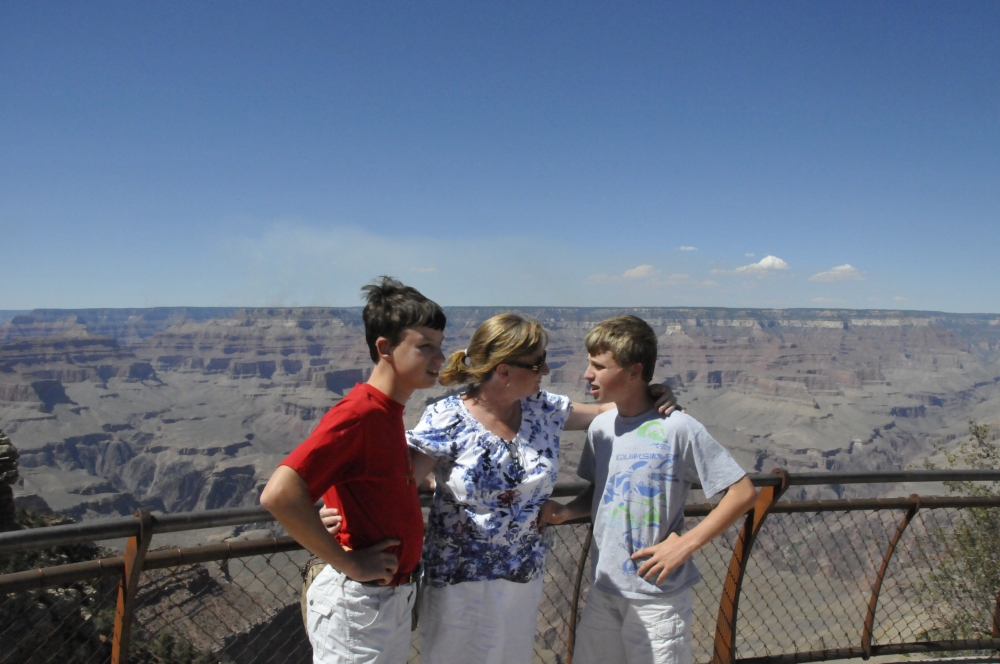
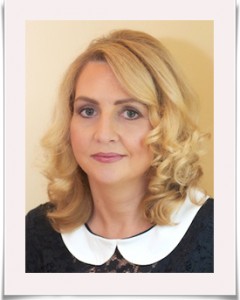

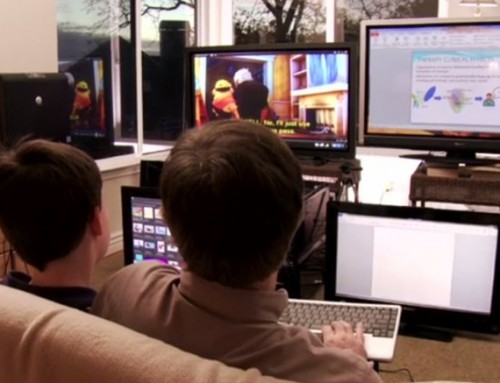
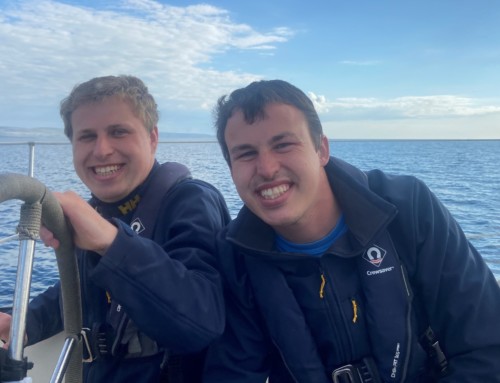
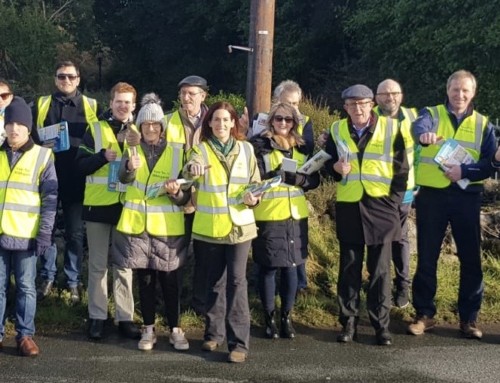

Leave A Comment